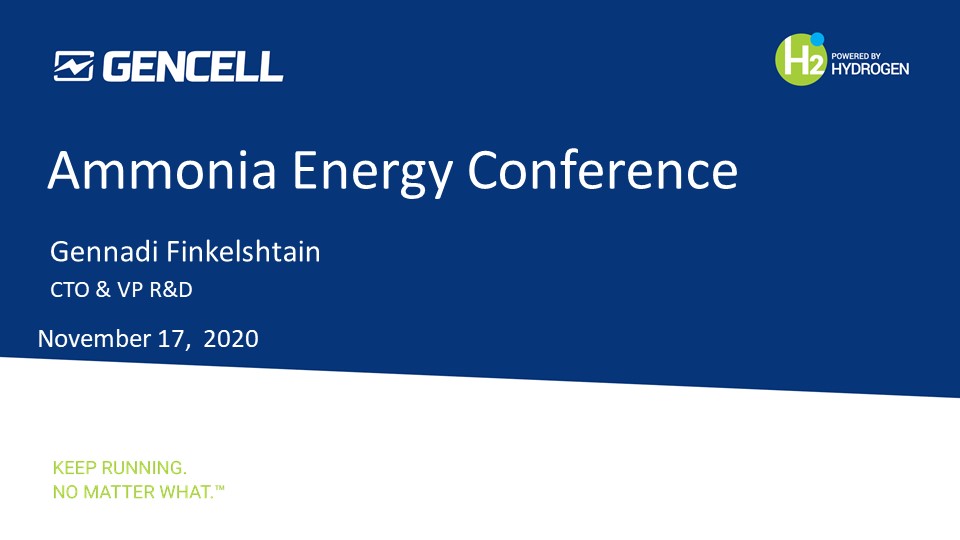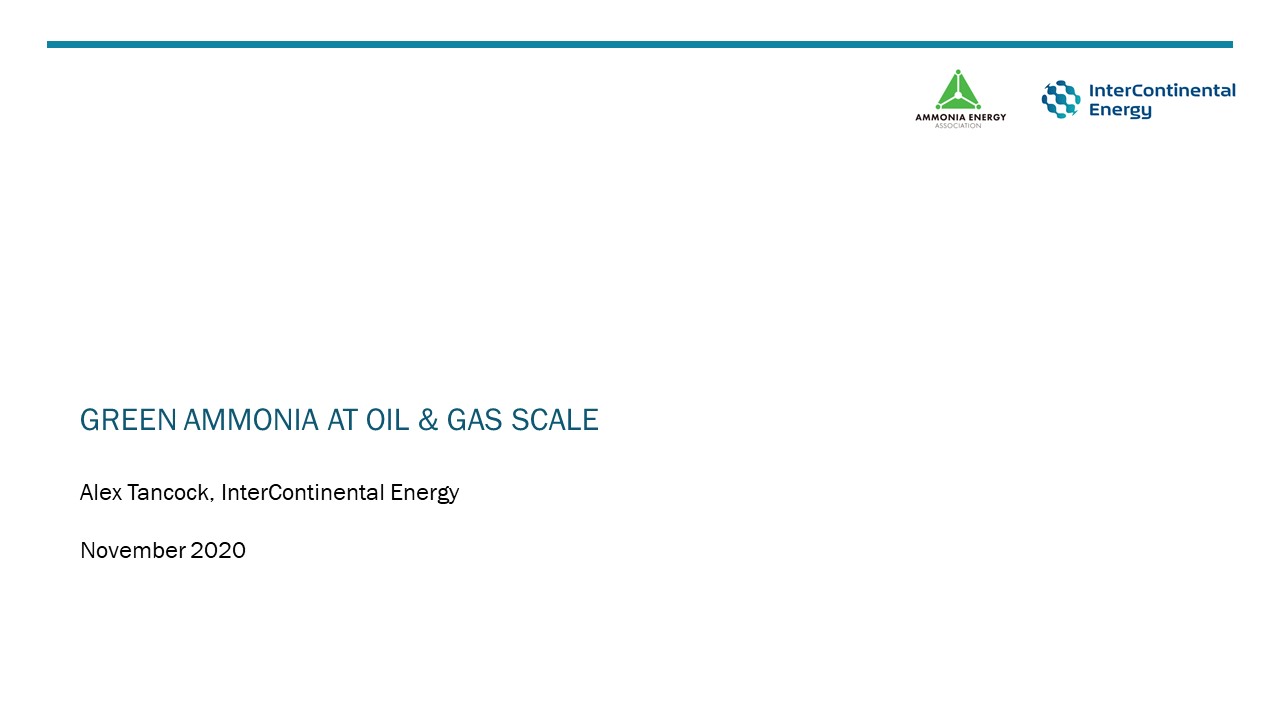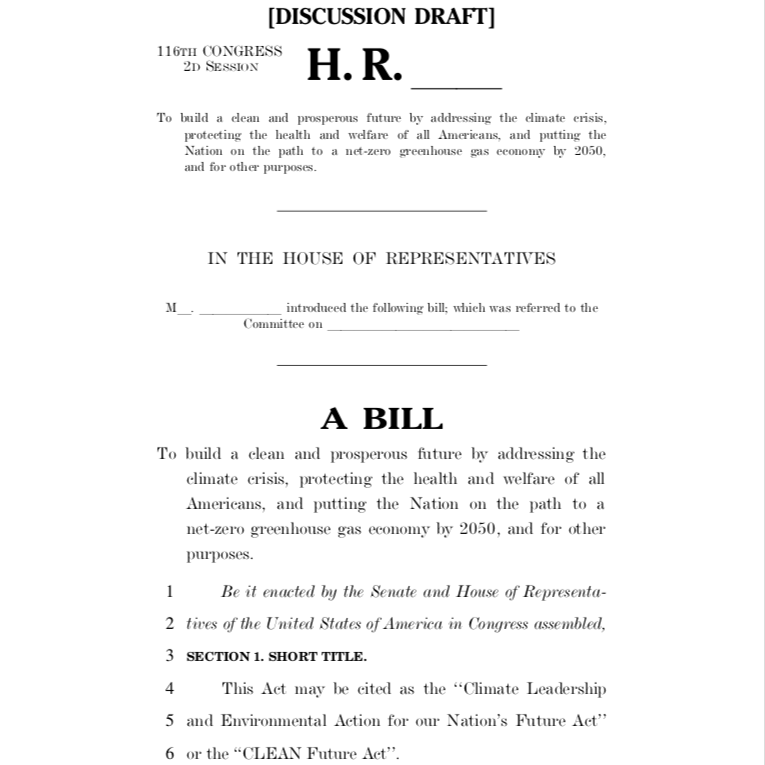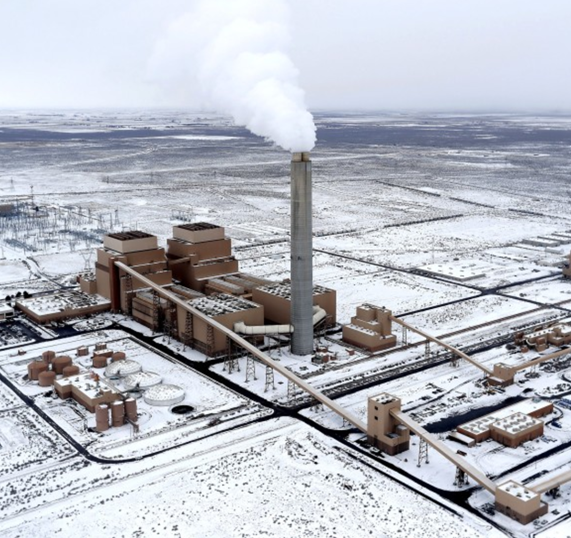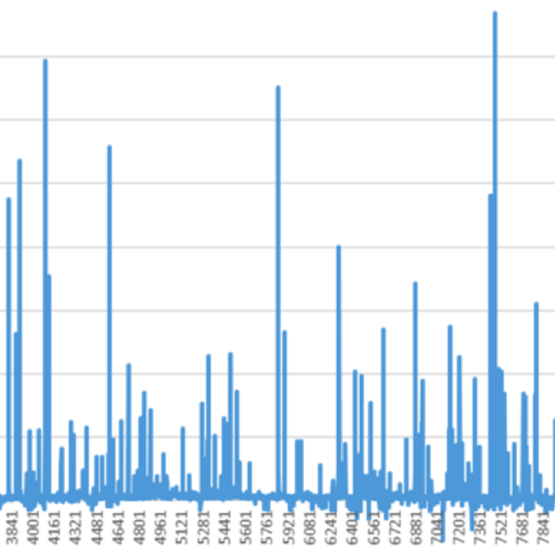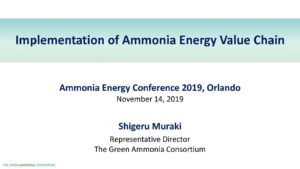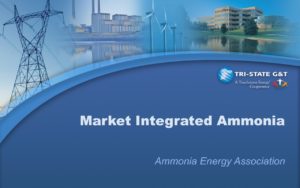Power Generation
Green Ammonia at Oil and Gas Scale
EPRI, GTI Launch Low-Carbon Initiative
Last month the Electric Power Research Institute (EPRI) and the Gas Technology Institute (GTI) announced a new undertaking: the Low-Carbon Resources Initiative (LCRI). According to the organizations’ press release, over the next five years they will work together and with collaborating companies to “accelerate the development and demonstration of low-carbon energy technologies.”
US House draft bill defines ammonia as low-carbon fuel
In January 2020, the US House of Representatives published draft legislation that explicitly defines ammonia as a "low-carbon fuel." This is a first. The CLEAN Future Act is focused on electricity generation, and aims "to build a clean and prosperous future by addressing the climate crisis, protecting the health and welfare of all Americans, and putting the Nation on the path to a net-zero greenhouse gas economy by 2050." The point isn't that this will become law — that seems unlikely anytime soon — but that a mature understanding of the potential benefits of ammonia energy has finally reached policymakers in the heart of Washington DC.
Los Angeles Commits to Hydrogen-Powered Electricity
Last month the Los Angeles Department of Water Power committed to a hydrogen-powered future. This is one manifestation of forces playing out within California that will transform the state’s energy sector -- and very likely the way policy makers around the world understand the art of the possible.
Tri-State announces clean energy plan, retires coal assets
Yesterday, Tri-State Generation & Transmission Association launched its "transformative" Responsible Energy Plan, which will "dramatically and rapidly advance the wholesale power supply cooperative’s clean energy portfolio." Last week, the utility announced the retirement of its last coal-fired power plants in New Mexico and Colorado. These two announcements provide context for a presentation at the Ammonia Energy Conference in November 2019, entitled Market Integrated Ammonia. Its conclusion — highly relevant for a utility that is closing its coal plants and increasing renewables to 50% by 2024 — is that in a wholesale electricity market with increased volatility, renewable ammonia could be produced at the extremely low cost of $96 per tonne.


